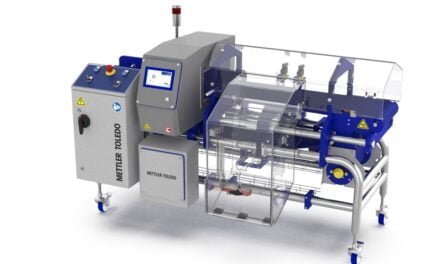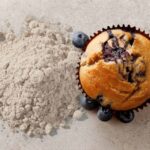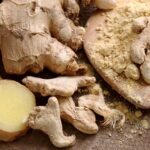The FDA announced the availability of a final guidance for industry entitled “Action Level for Inorganic Arsenic in Apple Juice.”
The final guidance identifies for industry the action level of 10 parts per billion (ppb) for inorganic arsenic in apple juice, issued in draft by the agency in 2013. The guidance supports the FDA’s goal of reducing environmental pollutant exposure from foods typically ingested by infants and young children.
Arsenic is a naturally occurring element that can be found in both natural and man-made environments. It exists in both inorganic and organic forms (together known as total arsenic), with inorganic arsenic being considered more hazardous than organic arsenic. In humans, inorganic arsenic consumption has been linked to cancer, skin lesions, cardiovascular illness, and diabetes.
The FDA’s Toxic Elements in Food and Foodware, and Radionuclides in Food Programme (TEP) routinely checks total arsenic in apple juice. Apple juice is also monitored by the FDA through the Total Diet Study (TDS). The TDS is an ongoing market basket study of the American diet that includes toxic element analyses such as arsenic.
This guidance provides information to manufacturers on the action level of 10 parts per billion (ppb) or 10 micrograms/kilogram (µg/kg) for inorganic arsenic in apple juice that is intended to help protect public health by reducing exposure to inorganic arsenic and that is achievable by industry with the use of current good manufacturing practices. This guidance presents the background and rationale for FDA’s action level.
The FDA’s testing results reflect a trend in reductions in the amount of inorganic arsenic in apple juice on the market, with an increasing percentage of samples testing below 3 ppb and 5 ppb. However, since the release of the draft guidance, The FDA has identified some apple juice samples with inorganic arsenic levels above 10 ppb. Therefore, it is finalizing an action level of 10 ppb because the FDA considers this level achievable with the use of good manufacturing practices.
In general, FDA’s guidance documents do not establish legally enforceable responsibilities. Instead, guidances describe our current thinking on a topic and should be viewed only as recommendations, unless specific regulatory or statutory requirements are cited. The use of the word should in FDA guidances means that something is suggested or recommended, but not required.
The FDA expects that the 10 ppb action level, though non-binding, will help to encourage manufacturers to reduce levels of inorganic arsenic in apple juice. The agency says it will continue its current practice of monitoring arsenic in apple juice samples and if testing identifies inorganic arsenic in apple juice above 10 ppb, the FDA will consider this action level, in addition to other factors, to determine whether to take enforcement action. As lower arsenic levels are more protective of public health, the organization expects to revisit this action level as part of its “Closer to Zero” action plan.
Final FDA Guidlines ‘Action Level for Inorganic Arsenic in Apple Juice: Guidance for Industry’ can be downloaded here.
Image by Racool_studio on Freepik

















